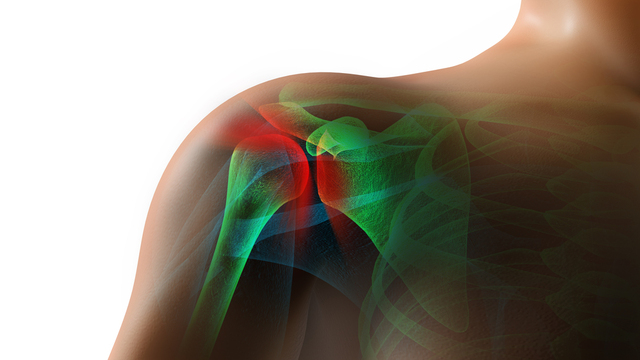Input 2021-04-07 09:35 | Revision 2021-04-07 09:35

▲ Shoulder rotator cuff tear site. ⒸGetty Image Bank
Hallym University Kangnam Sacred Heart Hospital Orthopedic Surgery Professor Gyu-cheol Noh team (responsible author Prof. Noh Gyu-cheol and first author Prof. Jeong-Yeon Kim) announced that the recently conducted “Pain Control Study After Rotator Cuff Rupture Suture” was published in the American Journal of Sports Medicine, an international academic journal.
Recently, the number of rotator cuff rupture patients is increasing significantly due to the increase of the elderly population, sports activities, and excessive use of computers and smartphones. According to statistics from the Health Insurance Review and Assessment Service, the number of patients who visited the hospital due to rotator cuff rupture increased 39.9% from 58,9759 in 2015 to 82,5083 in 2019.
The rotator cuff is an area where nerves are concentrated and the pain is greater after surgery compared to other areas. A large amount of pain relievers are used to control pain after surgery, and even narcotic pain relievers are used in patients with severe pain. There was no safe and reliable pain control method that could be performed early immediately after surgery.
The research team observed 93 patients who underwent arthroscopic rotator cuff repair at Hallym University Gangnam Sacred Heart Hospital from May 2012 to January 2019.
In general, to control pain after surgery, the upper scapular nerve (the nerve connected to the shoulder muscle at the scapula region at the back of the shoulder) is blocked. It was confirmed that it is effective in control.
It was also confirmed that the risk of complications was low when the procedure was performed on the peripheral nerves rather than the central nerves.
For effective pain control, the research team proposed an autologous pain injection solution catheter insertion (PCA catheter) procedure that additionally administers a pain control agent after ruptured rotator cuff suture and upper scapular nerve block surgery. PCA catheter is also called painless injection.
Autologous pain injection solution catheterization is more effective than conventional oral or intravenous pain control agents or brachial plexus nerve block. There are several advantages such as control of recurrent pain after pain control, shortening of total hospitalization period, rapid rehabilitation, and high patient satisfaction after surgery.
Prof. Gyu-cheol Noh said, “Pain control after rotator cuff rupture repair is just as important as surgery, but the new procedure presented this time showed excellence in terms of success rate, stability and effectiveness. It decreased,” he explained.
Press releases and article reports [email protected]
[자유민주·시장경제의 파수꾼 – 뉴데일리 newdaily.co.kr]
Copyrights ⓒ 2005 New Daily News-Unauthorized reproduction, redistribution prohibited
Vivid
Headline news Meet the main news at this time.
